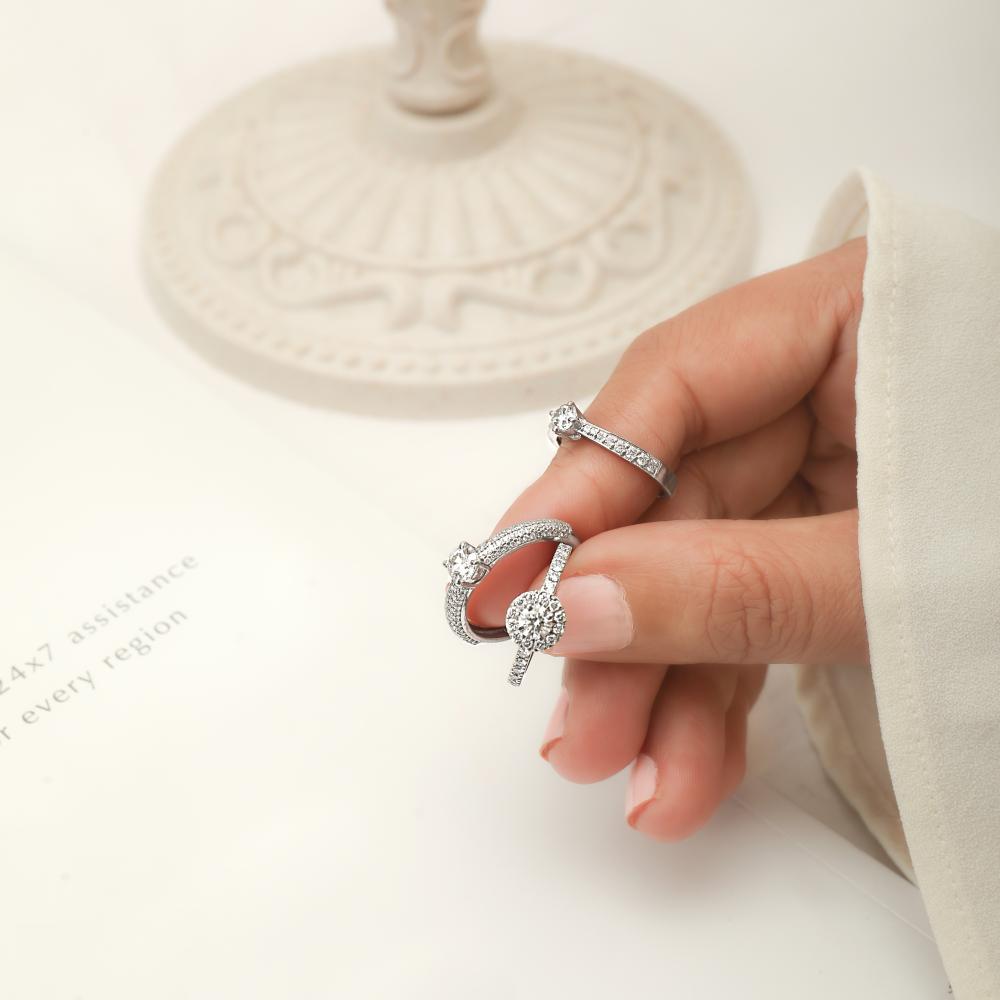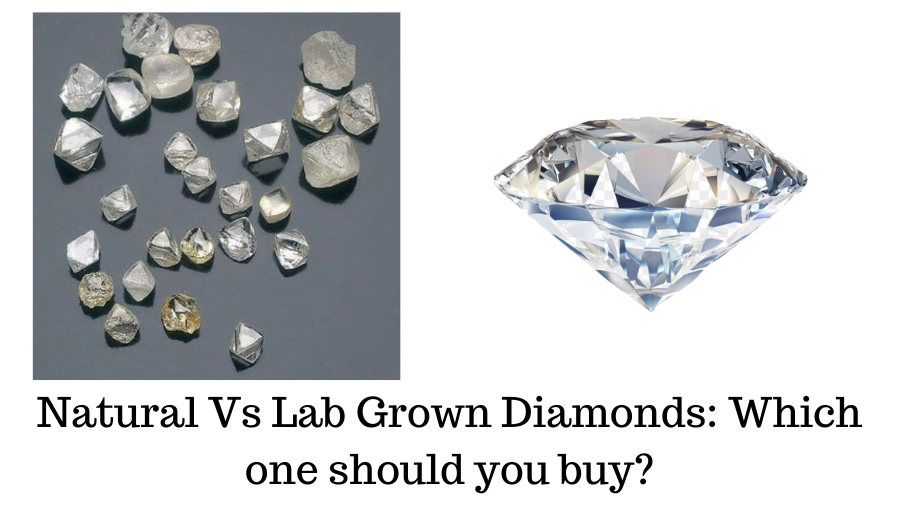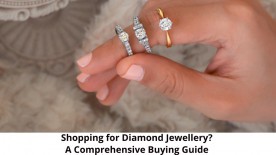Shopping for an engagement or a wedding ring in this day and age can be utterly stressful.
Selecting one design from the vast array of stones, shapes, and styles is a difficult undertaking. Today's conscientious consumer takes some time to select the ideal ring that best represents him or her, whether it's an engagement ring, a simple gift for a friend or family member, or even for yourself. You are going to have a gazillion questions, and that's fine. There is now one more level to think about for people who are interested in the traditional diamond:
You could be asking what differentiates lab-grown and naturally mined diamonds before making a decision. Lab-grown and mined diamonds are identical in terms of chemistry, optics, and gemology.
The major difference between the two, is one takes millions of years to come out in the market and the other can be created within days.
Natural diamonds and lab-grown diamonds cannot be distinguished by the naked eye. Small amounts of nitrogen are present in natural diamonds, however nitrogen is absent from lab-grown diamonds. This is indeed one of the indicators that gemologists look for when determining whether a diamond is man-made or natural.
Natural diamonds are formed over the course of millions of years under the pressure of the earth's crust, after which they are mined, cut, polished to brilliance before it reaches you. The method employed to produce a Lab Grown Diamond drastically reduces the growth period, from millions of years to a few days. The Lab Diamond is then also polished and cut.
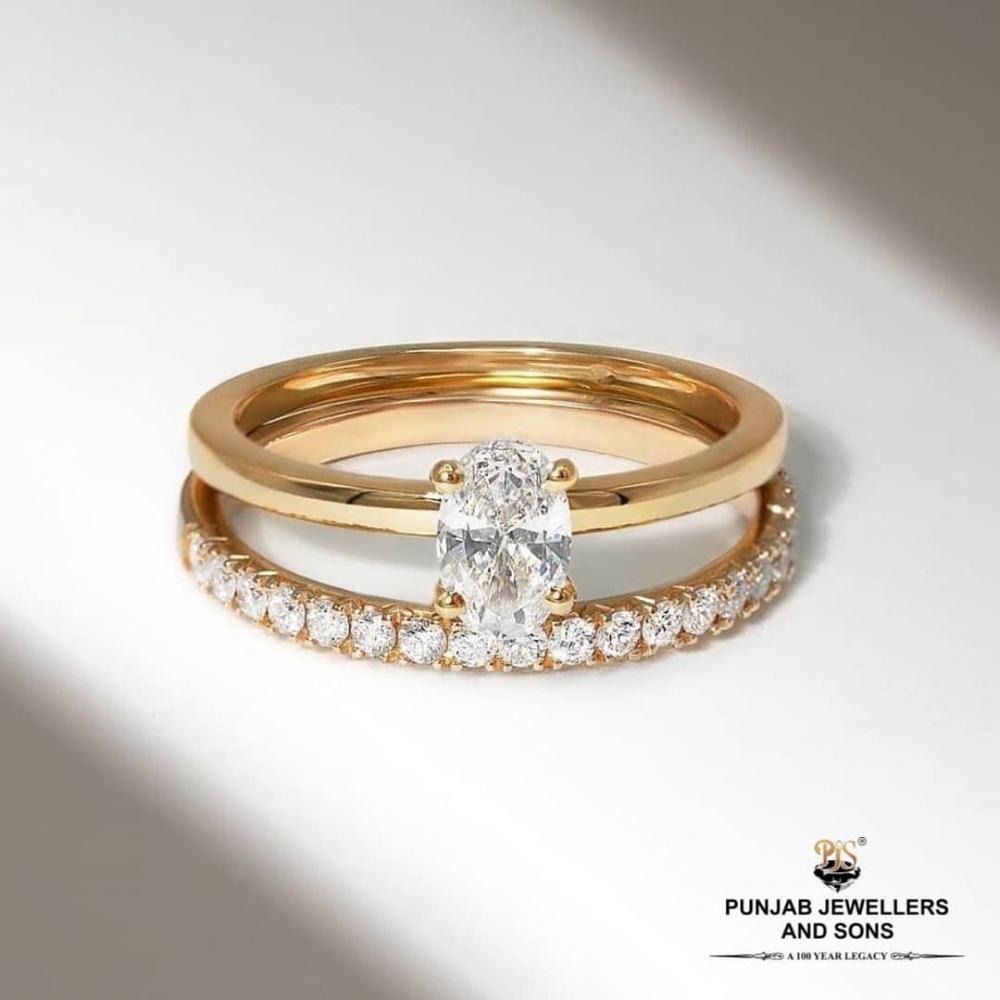
Natural vs Lab-Grown: How Are They Different?
Manufacturing
The majority of naturally occurring diamonds available today developed deep below the Earth's mantle, far from its surface. The element carbon underwent an atomic-level rearrangement and assumed the solid form of a diamond after being subjected to extreme heat and pressure for billions of years. Deep-source volcanic eruptions brought the stones closer to the surface via kimberlite pipelines in regions of the world where the circumstances and temperatures were ideal for the formation of diamonds.
On the other hand, lab-grown diamonds are exactly what they sound like: diamonds created in a lab. The most typical method is by a procedure called chemical vapour deposition (CVD). You begin with a very thin slice of a diamond, where the diamond's crystalline structure is already established. This is frequently referred to as the "seed" of a diamond and is made entirely of carbon, either naturally occurring or from a lab-created diamond. The diamond seed is put in a vacuum, where carbon atoms absorb into the diamond seed. It resembles 3-D printing a diamond in many ways. The diamond will be ready to be cut and polished once it has "grown" in this chamber and is comparable to a natural diamond. Additionally, a lab-grown diamond is chemically identical to a natural diamond because it is still made entirely of carbon.
Although the first lab-grown diamonds were created in the 1950s, gem-quality diamonds—that is, a diamond of adequate colour and clarity—took nearly sixty more years to generate.
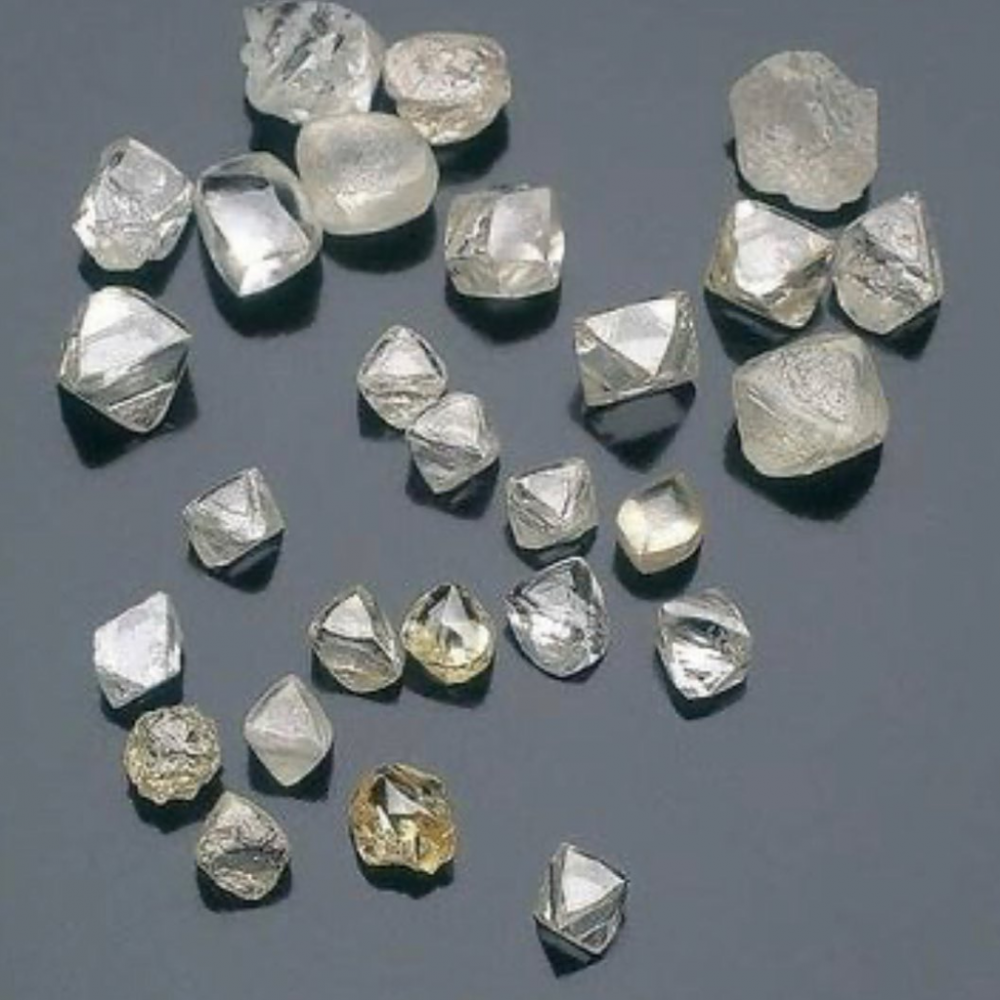
Price
The rarity of natural diamonds contributes to their high cost. They depend on intricate and expensive mining procedures, and there are no promises about what will emerge out of the earth. It is the rough diamond that gets converted into a brilliant natural diamond which gives it the actual price.
Natural stones are believed to be in limited supply on Earth and each one is formed under specific natural conditions, therefore the qualities used to grade natural diamonds will also be unique. Other factors that affect the price of diamonds include the time and effort required for mining and polishing the diamonds, as well as the market's history of control and strategic origins.
Because they are not subject to the same supply chains as genuine natural diamonds, lab diamonds will typically cost less than natural diamonds—up to 50% less than a stone of comparable grade. Technology also makes it possible to generate lab-created diamonds more quickly.
Clarity
The same grading organisations that evaluate genuine diamonds, such as the Gemological Institute of America and the International Gemological Institute, also grade lab-created diamonds. This is significant because it implies that there are no differences between lab-grown and natural diamonds in terms of the 4Cs—cut, clarity, colour, and carat—if these standard-setting organisations use the same scales to evaluate both types of diamonds.
Lab-grown diamonds will also acquire the inclusions or "flaws" that impact a stone's brilliance and clarity grade since they are produced, not created. (The cloudier a stone may be and the lower its clarity grade becomes, the more inclusions it may include.) The clear grading for lab-grown diamonds are the same as those for natural diamonds, ranging from Flawless (FL) to Included 3 (I3).
Durability
Lab-grown diamonds are made of carbon, the same element that naturally occurs in diamonds. They continue to be the hardest substance on earth (a 10 on the Mohs scale), making them as hard to chip as a genuine diamond.
Colour
The same rules apply here; a lab-grown diamond will be rated according to the same colour scale as a natural diamond. The majority of couples look for stones of both sorts that are graded between G and J and are nearly colourless because there is no discernible difference in appearance between lab-grown and natural diamonds. True colourless diamonds, which are graded D through F, are extremely rare and therefore quite valuable.
What Do You Call a Lab-Made Diamond?
Several names can be used to refer to lab-created diamonds. Diamonds produced in a laboratory might be referred to as artificial, nurtured, grown, or formed.
Can a Diamond Tester Find Diamonds Made in a Lab?
The thermal and electrical conductivity of lab-created diamonds is identical to that of mined diamonds. As a result, they'll pass the diamond tester test.
Can a Jeweller Tell a Lab-Made Diamond from a Mined Diamond?
Most jewellers won't be able to distinguish between a lab-grown diamond and a mined diamond because they look the same. However, with the use of a strong microscope, jewellers who are also skilled gemologists may be able to determine whether a diamond was created in a laboratory. Still, sending it to a gemological laboratory is the only way to be certain.
Why we Deal in Natural Diamonds only -
If you know us at Punjab Jewellers and Sons, you know that we only work with natural, untreated, and certified diamonds. Our goal is to create diamond jewellery that is not only beautiful but will last a lifetime and hold its actual value.
We certainly could make more money selling lab grown diamonds, moissanite, cubic zirconia or any alternative but we want to provide clients with jewellery that will stand the test of time.
When asked about lab grown diamonds specifically, there are three main reasons why we don't work with them at Punjab Jewellers and Sons:
The first reason is VALUE. Whether you have a 25K or 250K budget, we are advising all our customers on one of their most significant investments in life. Therefore, natural diamonds that have been developing for millions of years on the earth have held their value which has only been increasing over the years.
Lab grown diamonds, which are created in a lab and relatively new to the market, have actually decreased in value. Once a lab grown diamond is purchased, there is no inherent value that the diamond holds which can be passed on to generations.
The second reason why we don't work with lab grown diamonds is environmental. Some people opt for lab grown diamonds for environmental purposes but it's a bit more complicated. By nature of creating a naturally occurring substance in a laboratory, an unsustainable amount of resources such as energy and electricity are used. Over the past decade, there have been increasing misconceptions about natural diamonds. Natural diamonds are one of the most regulated natural resources now and the diamond mining industry has become much more transparent over time.
Lastly, every natural diamond we work with is ethically sourced and goes through the Kimberly process. When you purchase a lab grown diamond, it's easy to disregard the individuals in natural diamond mining communities. It's more important to work with companies that care about how their diamonds are sourced, and buying from these types of companies can positively impact mining communities.
A diamond that has been sourced ethically comes from a mine that complies with stringent labour and environmental laws and the diamonds go through a Kimberly process and when passed, receives a KPC certificate. This demonstrates that no child labour or forced labour is employed, that workers are paid fairly and have a safe workplace, and that no violence is financed by the sale of diamonds.
We at Punjab Jewellers and Sons are fully conscious of our moral obligation to only give our customers natural diamonds that have been responsibly and ethically sourced. 100% of our inventory is derived from trusted, genuine sources that follow a complete process in tracking the origin of diamonds, their life cycle from mining to polish and having a KPC certificate before purchase.
The market for natural diamonds from ethical sources is expanding in the modern day. Customers are becoming increasingly conscious of their duty as responsible citizens to ensure that the diamonds they buy come from ethical sources and aren't mined in places where conditions are being unfairly exploited.
To learn more about our extensive selection of items, do explore the natural diamonds jewellery on our website.
For more information on ethical diamonds, check our blog post on ethical social responsibility.
